They believe they have found the exact spot where the artist was painting 'Tree Roots', the canvas he was finishing when he received his fatal gunshot wound.
Wouter van der Veen, a French researcher, claims to have found a key piece in what happened on July 27, 1890, when Vincent van Gogh returned to his inn, the Auberge Ravoux, in the town of Auvers-sur-Oise, with a gunshot wound that would lead to his death two days later. And the clue is none other than the precise location where the brilliant Dutch painter made his last work: Tree Roots . 


An old postcard sheds light on the fatal outcome
According to Van der Veen, who is also the scientific director of the Van Gogh Institute, in a report in The New York Times , they already know that he spent “the whole day” painting the work on the Rue Daubigny and, in fact, those vines protruding from the earth can still be seen today on the side of a hill just 152 meters from the inn. The site was discovered during lockdown, while he was studying images of the entire area circa 1900 thanks to a collection of postcards lent to them by Janine Demuriez, a 94-year-old woman.




The debate over Van Gogh's death continues
The most important thing about the track and Tree Roots , a work full of light and vitality, is that it contradicts the official version: while the Van Gogh Museum and Van der Veen himself continue to maintain the hypothesis of suicide, Steven Naifeh (co-author with Gregory White Smith of the biography Van Gogh: Life ) maintains that this discovery supports his theory of murder, which according to both historians was carried out accidentally by two children.
The fact that he went out and painted all day, not just an ordinary piece of work but a very important painting, indicates that he may not have been depressed. On the contrary, it was a normal, productive day, and that goes against the idea that he might commit suicide.
Steven Naifeh




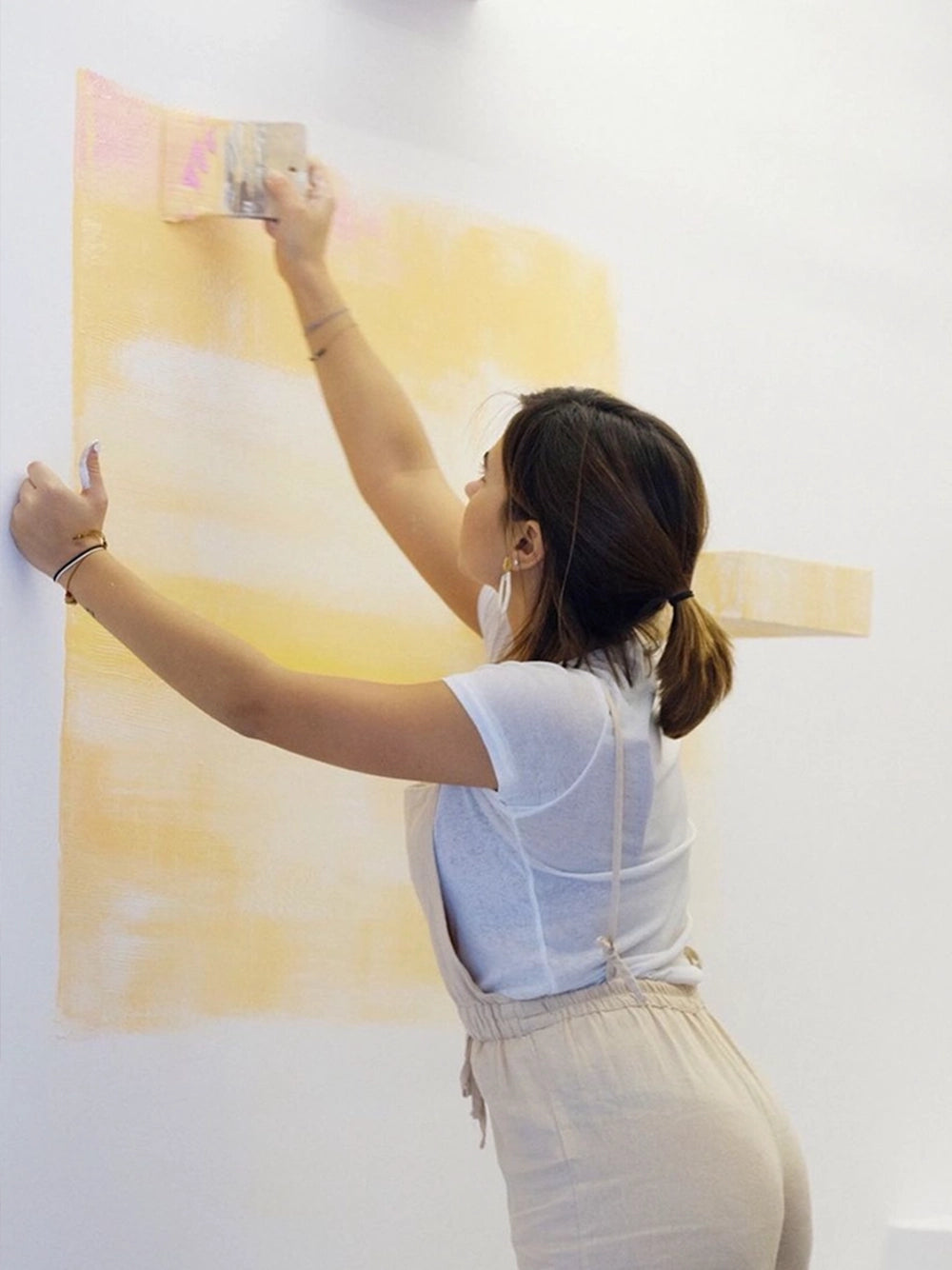
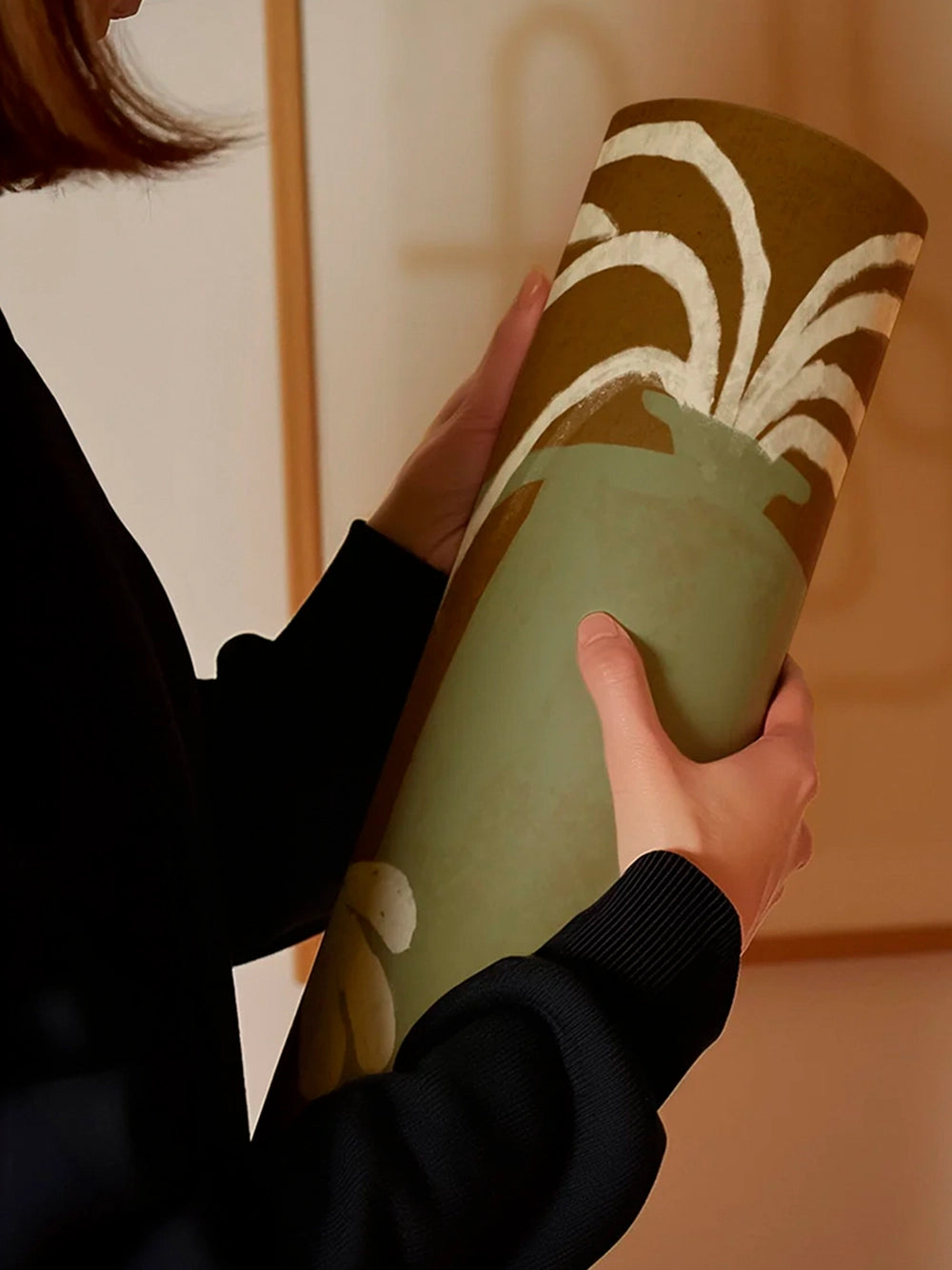

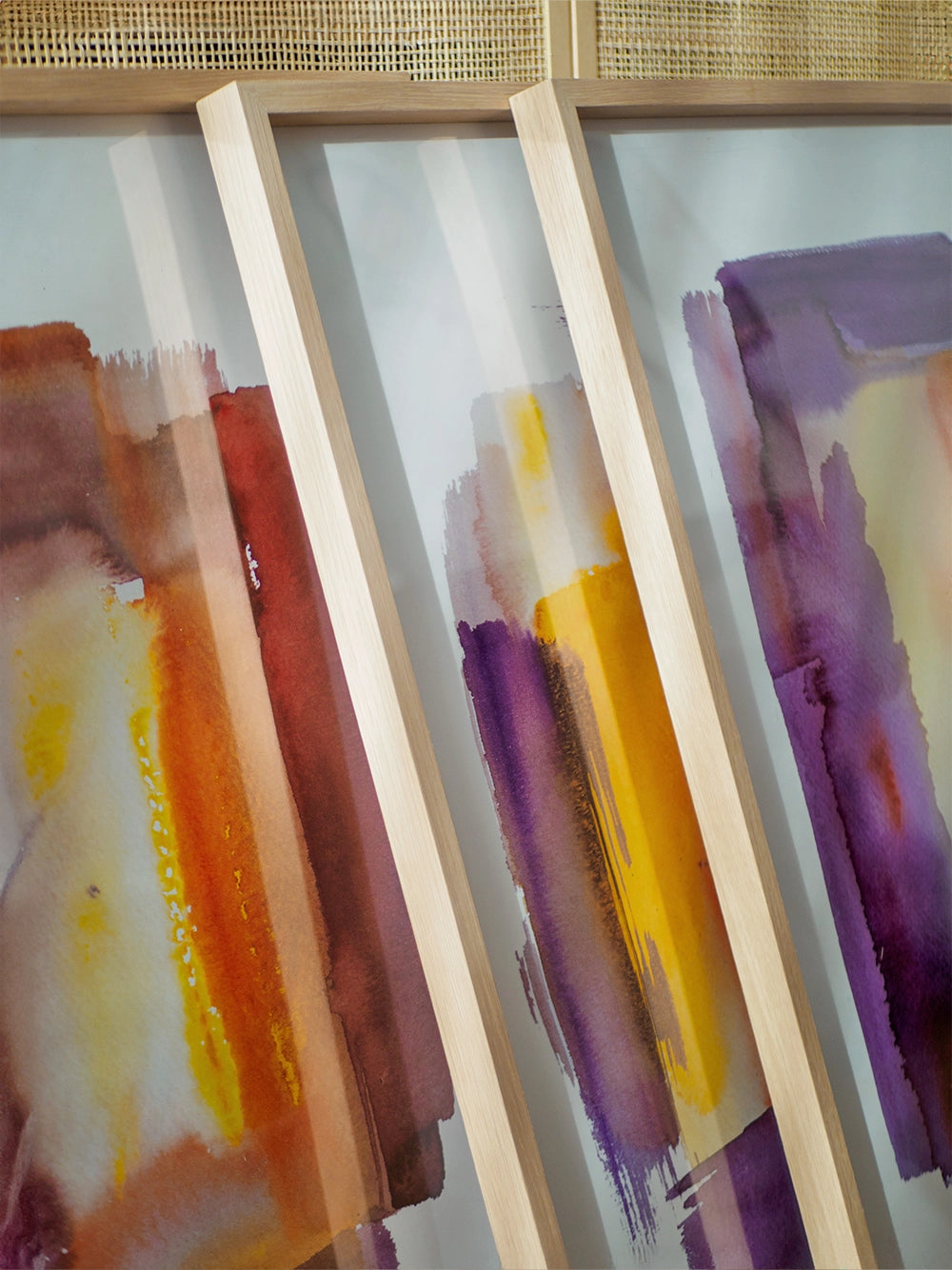


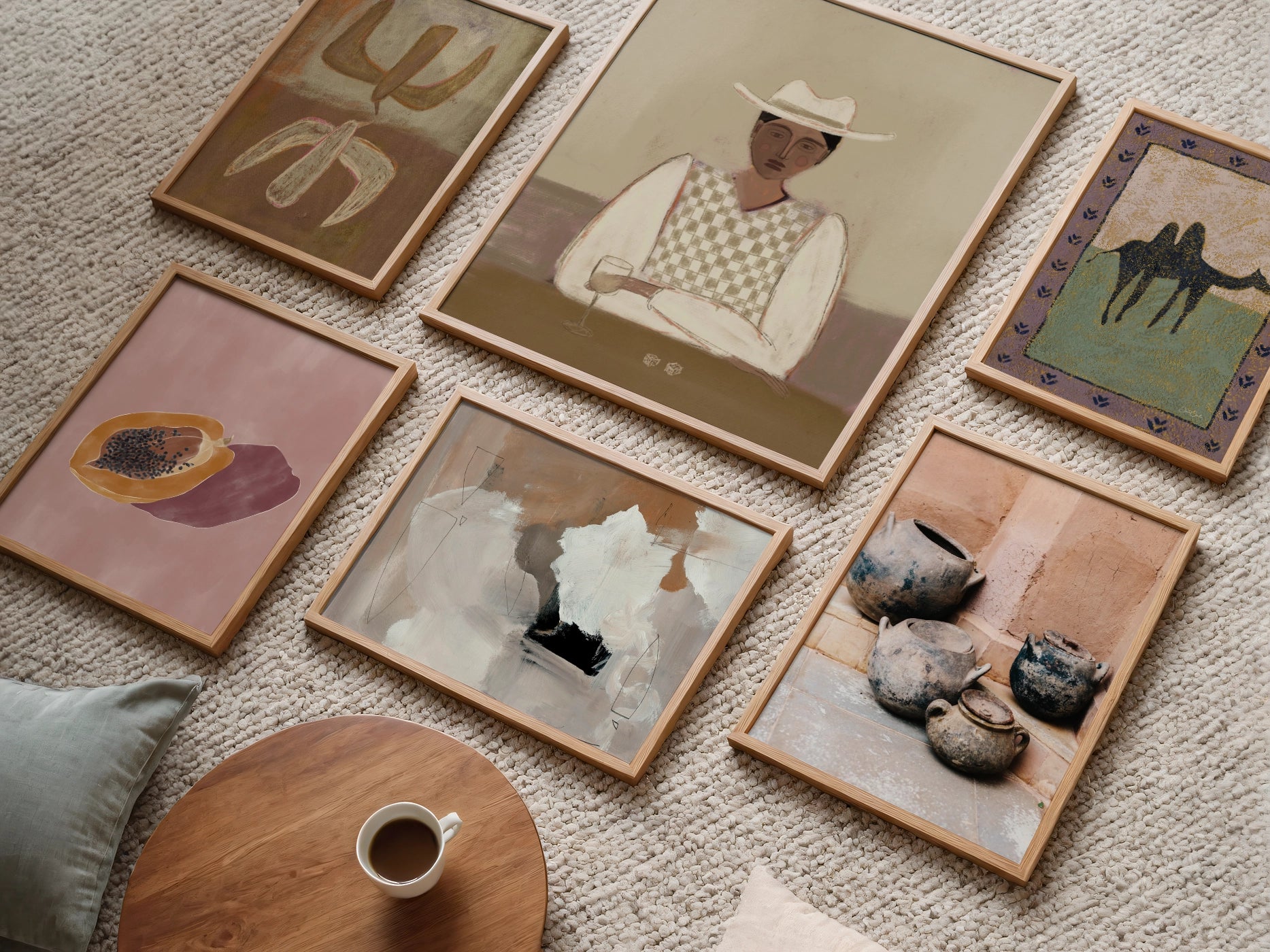
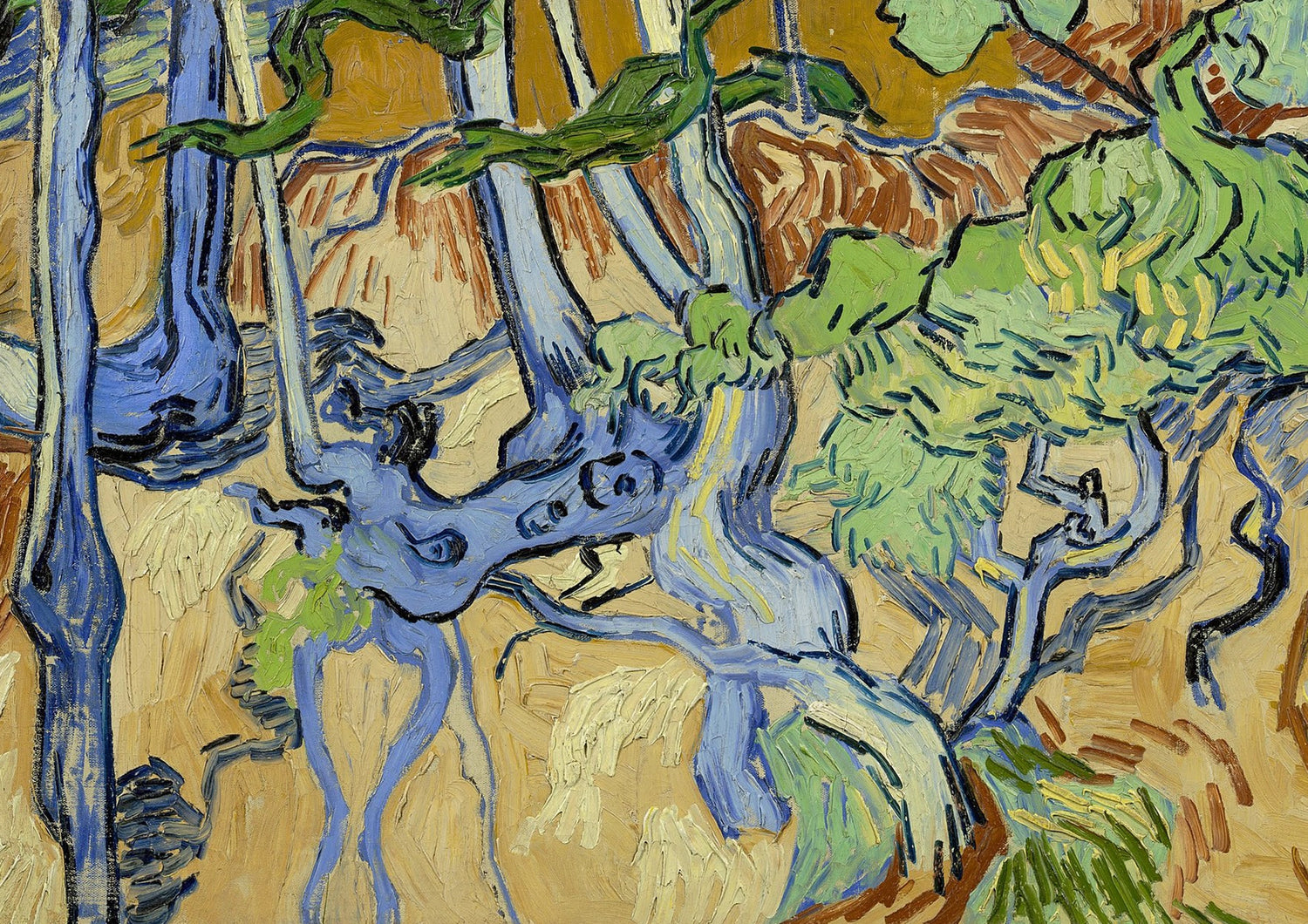
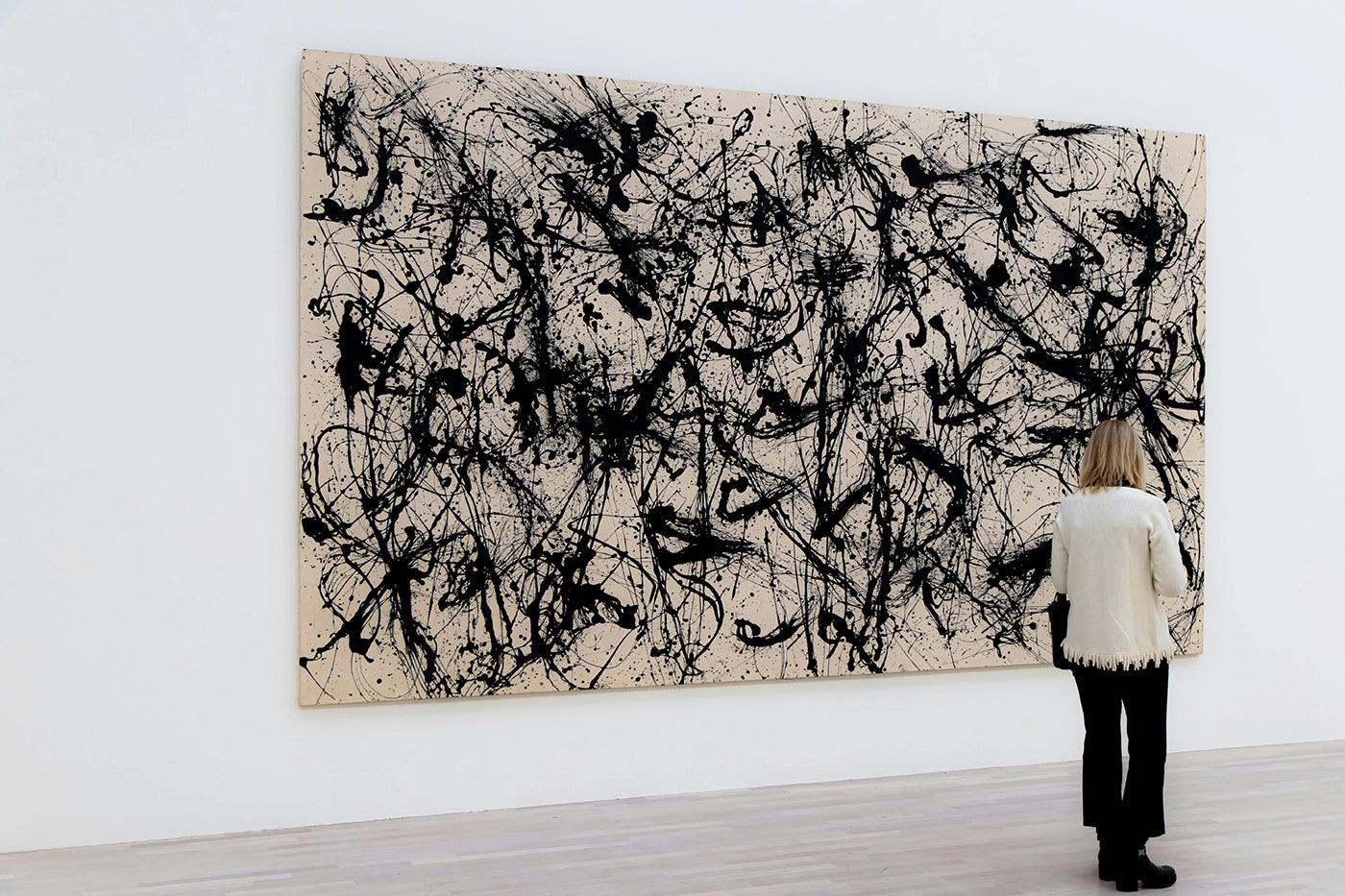


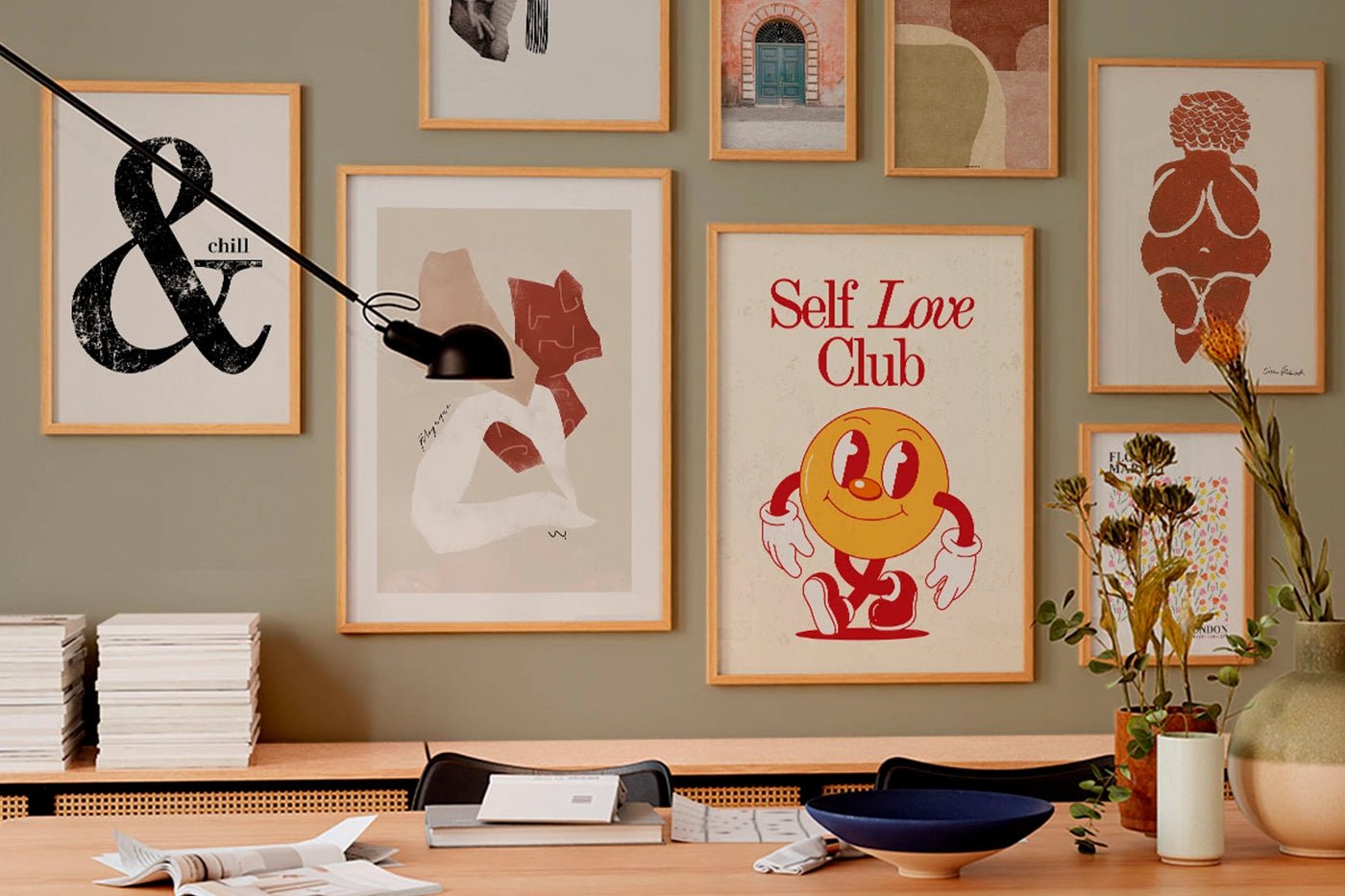
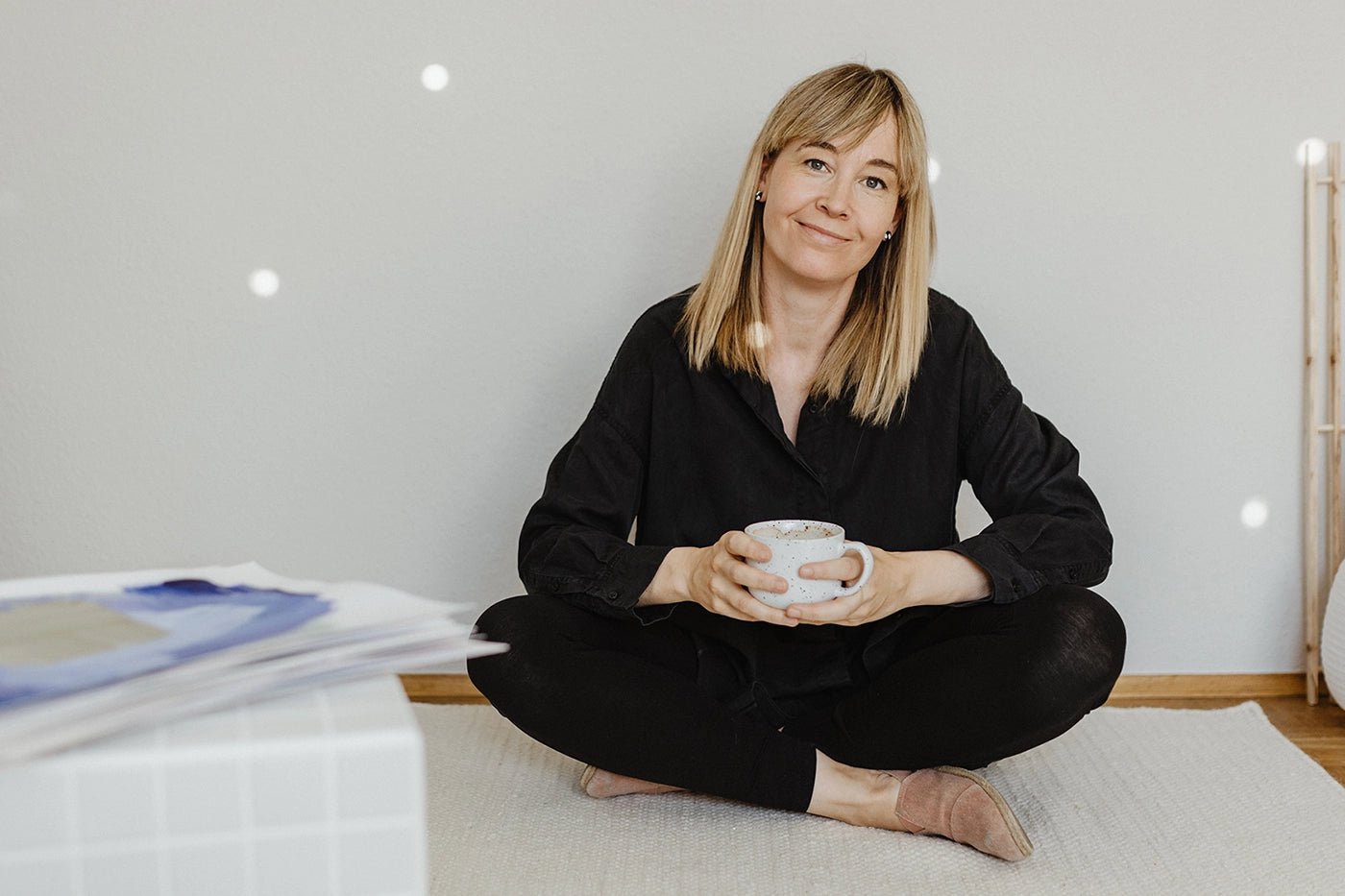


Leave a comment
All comments are moderated before being published.
This site is protected by hCaptcha and the hCaptcha Privacy Policy and Terms of Service apply.